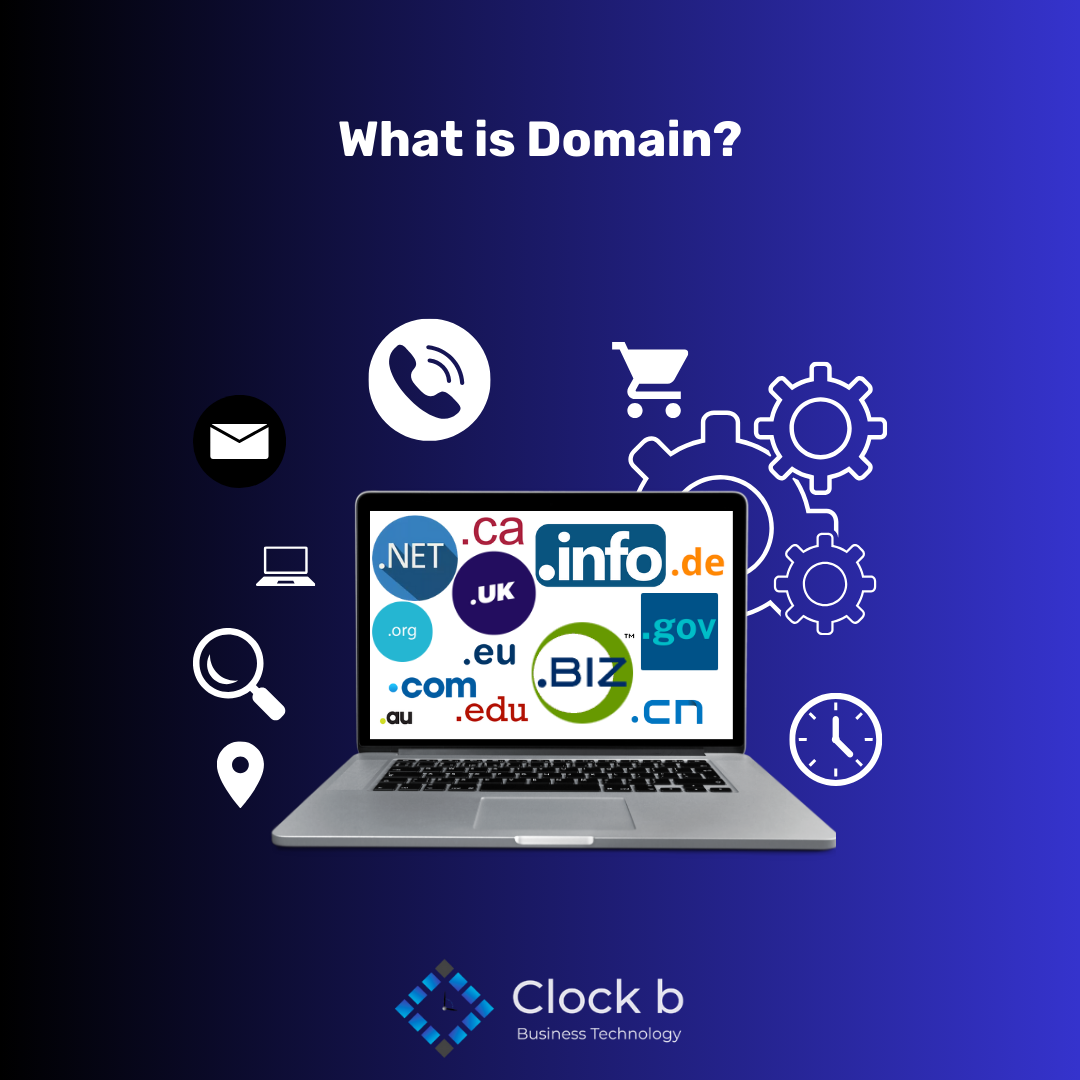Understanding Domains: Key Components and Examples
In the world of internet technology, the term “domain” is frequently used and is an integral part of how we navigate the web. But what exactly is a domain, and what are its key components? Let’s dive in.
A domain, or domain name, is the address where users can access a website. It’s the string of characters that replace the numeric IP address that computers use to identify each other on the network. Domains are easier for humans to remember and use than numeric IP addresses.
Example
Consider the address “www.kaffecodes.com”. This is a domain name. Just like a physical address that tells people where you live, a domain helps browsers direct users to the right place on the Internet.
Key Components of a Domain
Top-Level Domain (TLD)
This is the last domain name segment, and it follows the final dot of a domain.
For example
“www.kaffecodes.com“, the TLD is “.com”. There are numerous TLDs available, including “.org”, “.net”, “.gov”, and country-specific ones like “.uk” or “.ca”.

Second-Level Domain (SLD)
This is the portion of the domain name that is located directly left of the TLD.

Using the same example, the SLD is “kaffecodes”. This part of the domain is what is often most recognizable and distinctive to users, as it’s typically chosen by the person or business that’s registering the domain.
Subdomain
This is an optional part that’s situated to the left of the SLD. It’s a way to differentiate different sections of a website.
For example, “www” is the subdomain.

However, subdomains can be anything, such as “kaffecodes.com” where “kaffecodes” is the subdomain.
Protocol
Though not a part of the domain name itself, it’s worth noting the part that usually precedes domains.

In most web addresses, you’ll find “http://” or “https://“. This indicates the web protocol being used. The “s” in “https” signifies a secure protocol.
Why are Domains Important?
Domains are essential for several reasons:
Strengthens Your Brand
A memorable domain name boosts your brand. Just like “www.kaffecodes.com” clearly indicates an eCommerce website, a clear domain enhances brand recall among potential customers.
Boosts Website Traffic
An easily recallable domain name increases website visits. It also supports SEO since search engines consider domain names as ranking factors.
Enhances Email Professionalism
A custom domain lets you create professional email addresses, like “info@clockb.tech” showcasing your business’s credibility.
Facilitates Walk-In Traffic
A domain is crucial for website discoverability. Without one, it’s like a store without signs and symbols. Owning a domain instead of using free platforms also enhances your site’s trustworthiness.
In Conclusion
Domains are a foundational element of the internet, enabling users to easily navigate the vast world of the web. By understanding its components, one can more effectively utilize and harness the power of domains for personal or professional use. Whether you’re setting up a new website, starting a business, or just curious, it’s beneficial to grasp the structure and significance of domains.


